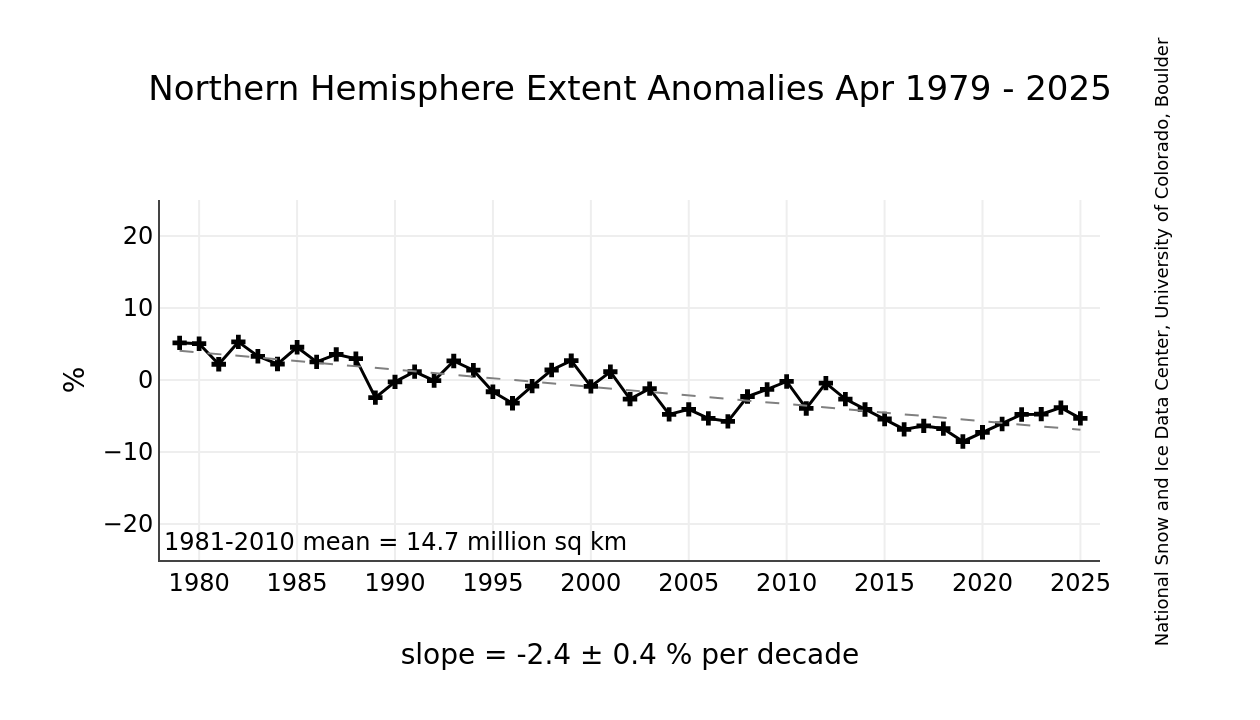Irregular Climate podcast 11
Posted on 2 October 2010 by John Cook
After a long hiatus, the Irregular Climate podcast is back again with Episode 11. Dan Moutal talks about the many developments that occured over the hiatus, including the Pakistan floods and Russian fires. He reviews the Inter Academy report on how the IPCC process can be improved (including an examination of Mark Morano's reaction). He examines Bjorn Lomborg's supposed U-turn (from not doing anything to not doing very much). There's some interesting discussion (well, a monologue) about why we need a price on carbon. He updates the latest developments of Cuccinelli's attempt to prosecute Michael Mann. He mentions John Mashey's meticulous expose on the Wegman Report. And of course, an Irregular Climate podcast is never complete without a dash of Monckton madness. Check it all out here...
For my skeptic debunk of the week (month? quarter?), as we'd just gone past the Arctic September minimum, I talked about Arctic sea ice (crimping from my Intermediate rebuttal and Graham's Basic rebuttal).
Skeptic Debunk of the week: Arctic sea ice has recovered
There seems to be an obsession on climate blogs about Arctic sea ice, with every twist and turn breathlessly monitored, especially in September as we approach the summer minimum. Mostly, the focus is on sea ice extent. This is the amount of ocean where ice covers at least 15% of the surface. So sea ice extent just looks at the thin shell of ice on the ocean surface. This doesn’t tell us how thick the ice is or how much ice there is in total.
Sea ice consists of thin first-year ice and thicker, older ice, called multi-year ice. Every year, as the North Pole heads into winter, first-year ice forms only to melt again in summer. So sea ice extent bounces up and down each year, driven by temperature. But it's also affected by wind, cloud cover and ocean currents. Consequently, we see a lot of variability from year to year, depending on weather conditions.
In the summer of 2007, sea ice extent fell to a record low. The dramatic drop was due to several factors - warming temperatures, wind conditions and unusually sunny weather in 2007. Over the next few years, sea ice extent bounced back a little. Unsurprisingly, this had some people saying Arctic sea ice was all recovered and back to normal. But it's not appropriate to draw conclusions about the health of Arctic sea ice based on a few years data - particularly with sea ice extent which shows so much variability from year to year. You need to look at the long-term trend which shows a decrease of about 5% of sea ice cover per decade.
But even while sea ice extent went up slightly from 2007 to 2009, what was happening underneath was more important. Overall, Arctic sea ice is getting thinner. Multi-year ice is melting which is important because it makes up most of the sea ice. Even over those few years when extent was going up, the ice was thinning underneath. In 2010, the total amount of Arctic sea ice dropped dramatically hitting a record low.
So if someone tells you Arctic sea ice is recovering, remind them that sea ice exists in three dimensions, not two. When you look at the full picture, the total amount of sea ice is still falling and hit record lows in 2010.































 Arguments
Arguments























 0
0  0
0 Here is sea ice concentration (30% or more) and extent for two dates 20 years apart. Spot the difference?
Here is sea ice concentration (30% or more) and extent for two dates 20 years apart. Spot the difference?
 A classic example of "cherry picking" would be to take data from 1987 to 1989 and claim that was a "recovery," or 2007-2009 for that matter.
A classic example of "cherry picking" would be to take data from 1987 to 1989 and claim that was a "recovery," or 2007-2009 for that matter.
 For is it not written, "Who can adequately peer review the validity of his latest work without considering that the conventional view of cause and effect is wrong?"
For is it not written, "Who can adequately peer review the validity of his latest work without considering that the conventional view of cause and effect is wrong?"
 This is surely relevant. The blue at the top represents the oldest ice, falling to the red (the youngest).
it was provided to Joe Romm by Julianne Strove of the NSIDC, from a forthcoming paper by Maslanik & Fowler.
Sharp drop in oldest, thickest Arctic Ice
This is surely relevant. The blue at the top represents the oldest ice, falling to the red (the youngest).
it was provided to Joe Romm by Julianne Strove of the NSIDC, from a forthcoming paper by Maslanik & Fowler.
Sharp drop in oldest, thickest Arctic Ice







Comments